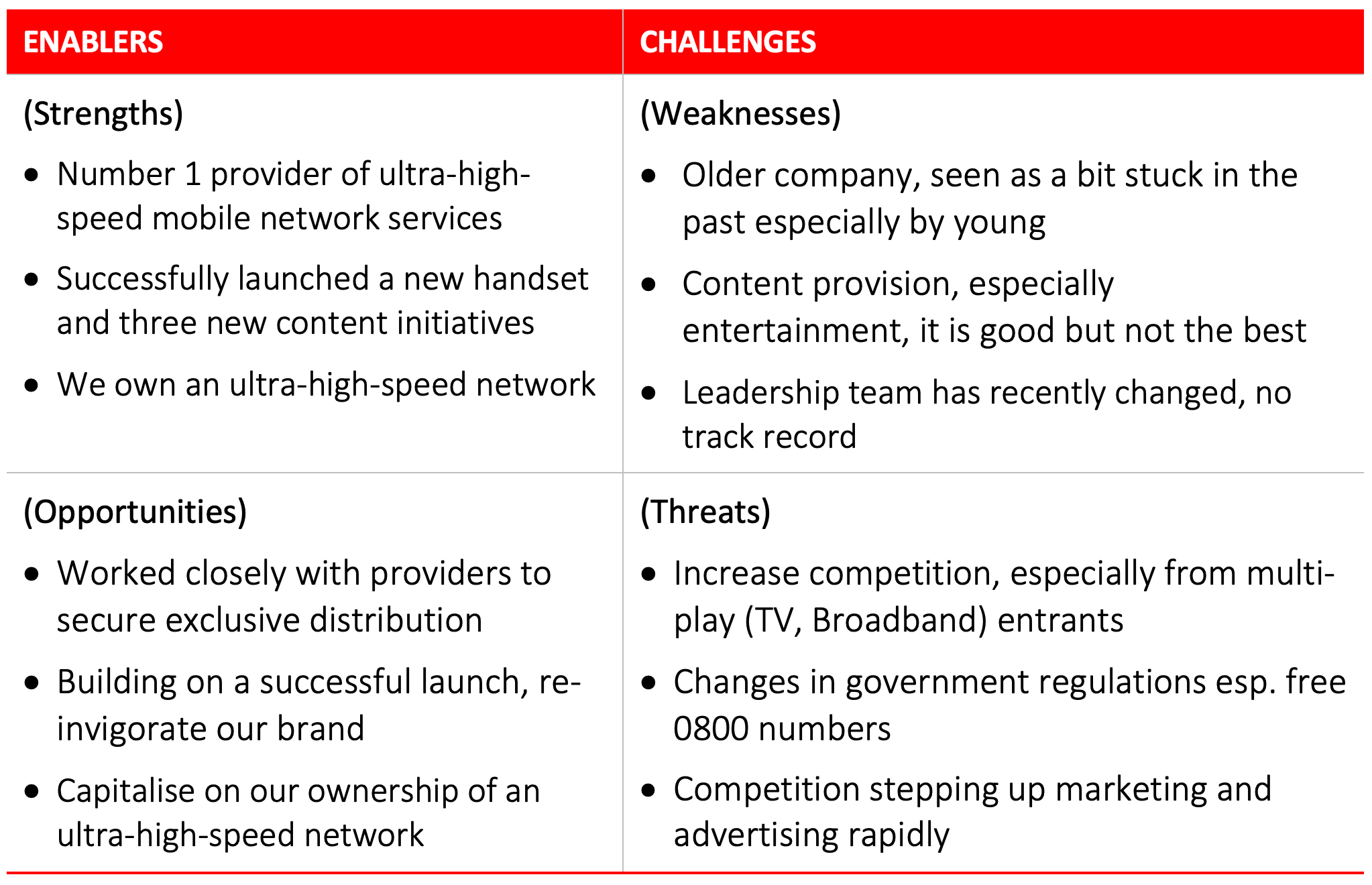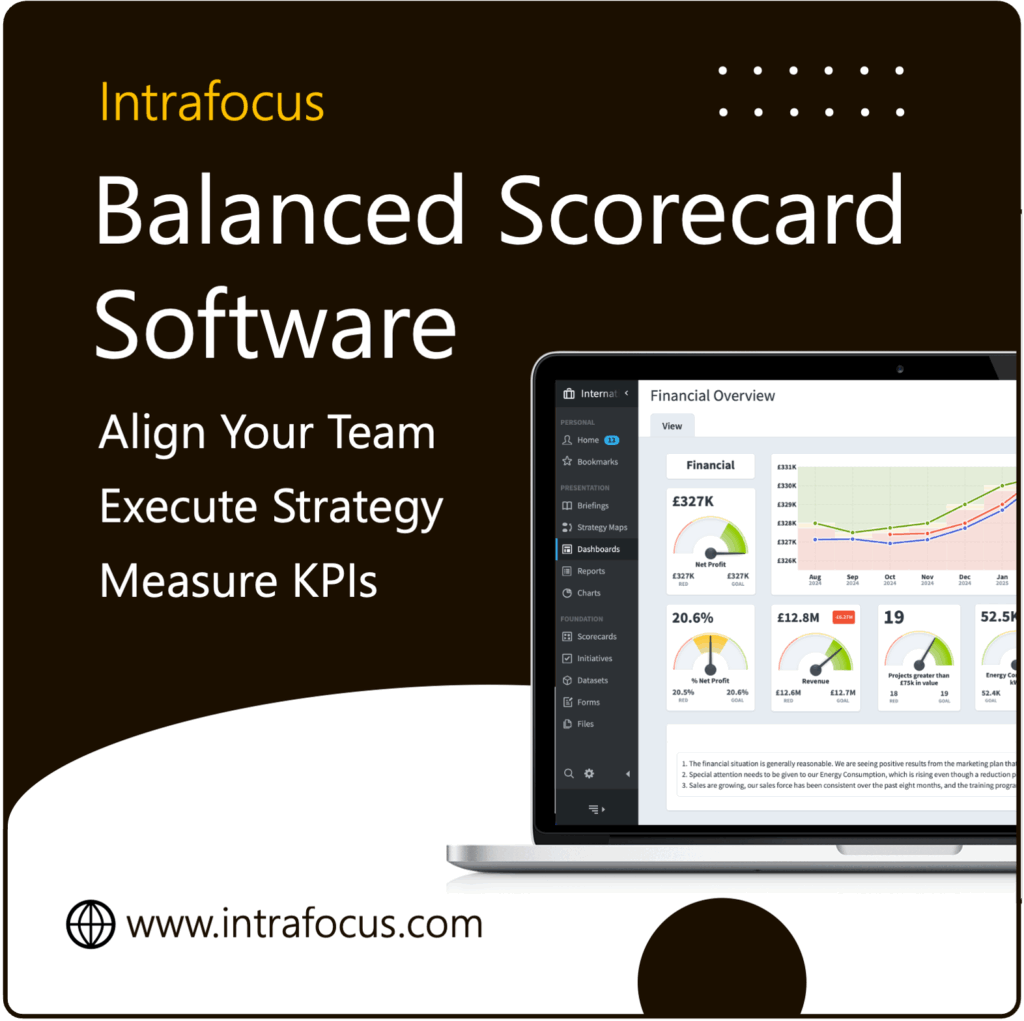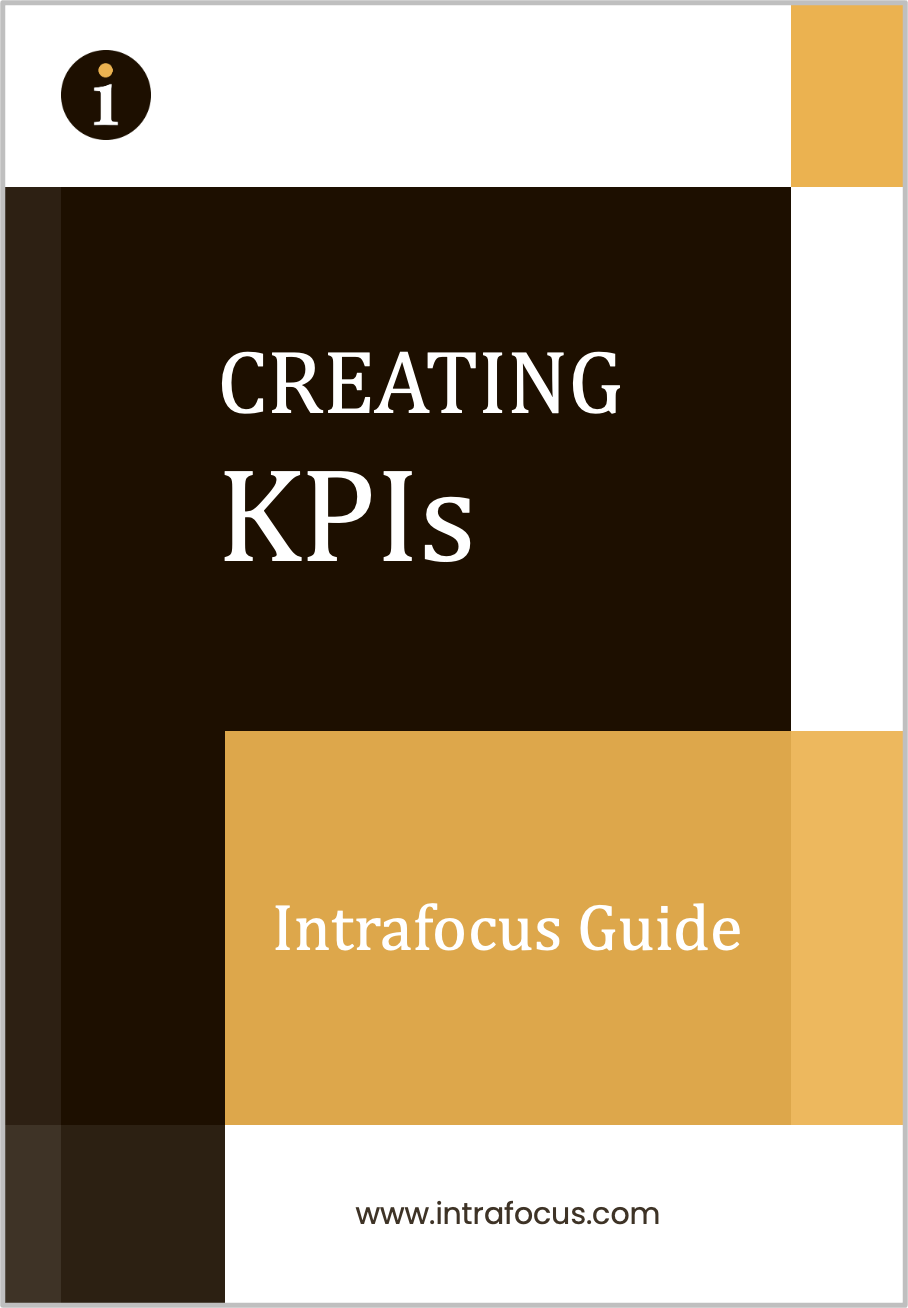“Knowing your strengths is great. But knowing your weaknesses – and what to do with them – is where real strategy begins.”
We all love the shiny parts of our business—the standout team, the happy customers, the innovation that makes competitors nervous. But let’s be honest: the real growth? It happens when you stare down your weak spots and do something about them.
SWOT to Strategy
This is where SWOT analysis earns its keep. But we’re not just talking about filling out a four-box grid and ticking it off the to-do list. We’re talking about turning your vulnerabilities into strategic power, especially when AI joins the team.
In this article, we’ll show you how to dig deeper, think smarter, and use SWOT in a way that’s anything but basic. You’ll learn how to:
- Identify and prioritise real weaknesses
- Leverage AI to sharpen your analysis
- Build strategies that transform threats into opportunities
- Avoid the usual SWOT traps
- Integrate your findings into a data-driven strategic plan
Rethinking SWOT: More Than a Brainstorming Tool
SWOT—Strengths, Weaknesses, Opportunities, and Threats—is a classic for a reason. But many businesses use it like a sticky-note party with no real strategy.
Let’s break it down with a modern twist:
Strengths are internal capabilities and resources that give you a competitive edge. AI can help you discover the obvious strengths and hidden ones buried in data. For example, advanced analytics may reveal that your customer retention rate is significantly higher than the industry average, even if no one has been tracking it.
Weaknesses are internal limitations. Too often, companies rely on gut instinct to identify them. On the other hand, AI tools can pull insights from operational data, audit trails, and even natural language feedback from customers and employees to identify inefficiencies or blind spots.
Opportunities are external trends or shifts that could benefit your organisation. With AI-powered trend analysis tools, you can scan market reports, social media chatter, and economic indicators to pinpoint what’s next.
Threats are external risks. These could range from competitors entering the market to global supply chain issues. AI algorithms can monitor regulatory changes, news feeds, and competitor behaviour to help you anticipate challenges before they hit.
In short, SWOT becomes smarter and sharper when supported by data-driven insights. It’s no longer a fluffy team exercise—it’s strategic reconnaissance.
Identifying Weaknesses in the Age of AI
Here’s the tough part: acknowledging what’s broken. But with AI in your corner, it doesn’t have to feel like guesswork or blame-storming.
Start with the data:
- Run employee pulse surveys and use AI-based sentiment analysis to detect morale dips.
- Analyse helpdesk tickets or chatbot interactions to identify repeated complaints or pain points.
- Use predictive analytics to reveal underperforming products or services before they drag you down.
Compare with competitors:
Benchmarking used to take weeks. Now, AI tools can do it in hours. They scrape competitor websites, track pricing strategies, and monitor customer reviews to show where you’re lagging behind. Tools like Crayon or Kompyte allow real-time competitive analysis.
Go beyond symptoms to root causes:
It’s easy to say, “Our delivery times are slow.” AI can help you find out why. Is it a supply chain issue? Understaffed logistics? Inventory mismanagement? Tools like process mining software can track workflows and highlight bottlenecks in real time.
Prioritise what matters most:
Not all weaknesses carry equal weight. Some are mere irritants; others are structural risks. AI can help score and rank issues based on financial impact, customer churn risk, or strategic alignment.
The key is to move from “We’re not good at this” to “Here’s what we’re doing about it.” When clearly defined, weaknesses are your launchpads for change.
Turning Weaknesses into Strengths
So, you’ve found a weak spot. Now what?
Here’s how smart businesses flip the script—and how AI makes that flip faster and more effective.
1. Upskill with precision
Don’t just send staff on generic training. AI-powered learning platforms like LinkedIn Learning Hub or Coursera for Business can recommend personalised training based on job roles, skill gaps, and strategic priorities. AI matches training to needs, not just job titles.
2. Automate inefficient processes
If manual data entry, invoice processing, or onboarding takes too long, it’s time to automate. AI-powered robotic Process Automation (RPA) tools can take over repetitive tasks. For example, accounts payable can be streamlined using AI-based invoice recognition.
3. Use AI to enhance decision-making
Decision Intelligence platforms integrate data from various sources and use AI to recommend optimal actions. This is particularly helpful when weaknesses involve poor forecasting, slow responses, or lack of coordination between departments.
4. Leverage strategic partnerships
If your internal resources are limited, partnerships can plug gaps. AI can help identify the right collaborators based on compatibility scores, industry alignment, and even sentiment analysis of public data.
5. Innovate based on weakness-driven insights
A weakness might reveal an unmet customer need. For instance, if feedback consistently shows frustration with customer support wait times, investing in AI-driven chatbots and self-service portals is an opportunity.
When acted upon, weaknesses can catalyse creativity, innovation, and strategic advantage.
SWOT to Strategy: Case Studies
Let’s look at three organisations that turned vulnerability into victory:
Apple
In the late 1990s, Apple was on the brink. Declining sales, lacklustre products, and internal disarray marked its brand. But it turned its weakness—a lack of compelling products—into a strength by doubling down on innovation and user-centric design. The launch of the iPod and, later, the iPhone didn’t just save Apple; it changed consumer electronics forever.
Starbucks
After facing backlash for inconsistent service due to overexpansion, Starbucks decided to close all its U.S. stores for a day to retrain staff. The company re-emphasised quality and customer connection—its original strengths—and bounced back stronger. Technology has since become a strength, too, with AI-driven loyalty programs and personalisation.
Netflix
Originally a DVD rental company, Netflix saw the writing on the wall as streaming emerged. Instead of clinging to its existing model, it pivoted—hard. Netflix invested in digital delivery and AI-driven recommendation systems that now power much of its user experience. That weakness—reliance on physical media—was flipped into one of the most successful digital transformations ever.
In all three cases, the transformation began with acknowledging internal weakness and responding decisively. Today, AI simply accelerates and de-risks that journey.
Tools and Techniques for Smarter SWOT Analysis
If you want better SWOT to Strategy results, you need better tools. Here’s how to upgrade your SWOT sessions:
1. Use a Digital SWOT Matrix
A structured template helps teams stay focused. Pair this with collaboration tools like Miro or Lucidchart. Better yet, use strategy software like Spider Impact to integrate SWOT findings directly into your strategy.
2. Combine with AI-enhanced tools
- Use ChatGPT or other AI assistants to help generate SWOT entries based on uploaded reports or meeting transcripts.
- Use data dashboards to feed live performance metrics into your SWOT process.
- Combine SWOT with PESTLE or scenario modelling tools to test strategic assumptions under different conditions.
3. Apply root-cause analysis
To move beyond symptoms, use techniques like the “Five Whys” or Fishbone Diagrams supported by AI data mining tools.
4. Visualise interdependencies
Tools like strategy maps can help show how weaknesses in internal processes affect customer satisfaction or financial outcomes.
The more connected and data-driven your SWOT process becomes more useful.
Common Pitfalls (and How to Avoid Them)
1. Surface-level thinking
Listing vague issues like “poor communication” or “slow sales” won’t help. Ask: What is explicitly poor? What data supports this? AI tools can provide that clarity.
2. Overemphasis on positives
SWOT sessions can turn into a brag fest. But real strategic growth comes from confronting the hard truths. Dedicate equal time to weaknesses and threats.
3. Lack of action
SWOT should lead to decisions. Assign owners, set timelines, and review regularly. Use AI-powered project management tools to track implementation.
4. Static documents
Markets evolve. So should your SWOT. Revisit it quarterly or after major market shifts. AI can alert you when key assumptions no longer hold.
Integrating SWOT with Strategic Planning
SWOT to Strategy analysis isn’t a strategy. It’s the foundation for one. Here’s how to connect it to the bigger picture:
Translate insights into initiatives:
If a weakness is an outdated technology, the corresponding initiative might be an upgrade roadmap or cloud migration strategy.
Prioritise based on impact and feasibility:
AI tools can model different options and estimate ROI, helping leadership teams make smarter bets.
Assign KPIs to each initiative:
Use strategy software to track results over time. For instance, if one objective is to “Improve customer onboarding,“ the KPIs might include time-to-first-value or net promoter score improvements.
Review and adapt continuously:
SWOT is dynamic. Make it part of your quarterly review cycle. Use AI to scan for emerging threats or opportunities that might warrant updates.
From Awareness to Advantage
SWOT analysis has endured for a reason. But the way we use it must evolve.
By leveraging AI and data-driven tools, SWOT can transform from a passive planning exercise to a proactive strategic driver. Weaknesses become launchpads, threats become signals for agility, and opportunities become clearer. And strengths? Well, they become even stronger when backed by insight.
Don’t let your weaknesses sit on a slide deck. Turn them into your next strategic breakthrough.
And remember: the best strategies don’t just play to strengths. They build new ones.
Are you ready to see your weaknesses in a whole new light? Contact us for more information or a workshop
See also: Spider Impact Balanced Scorecard software — supplied by Intrafocus across the UK & EMEA.




